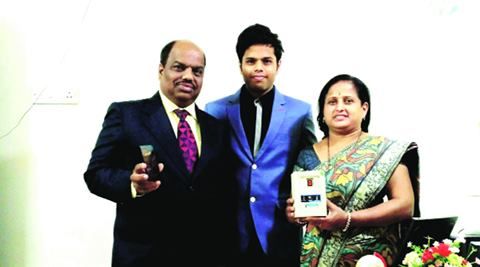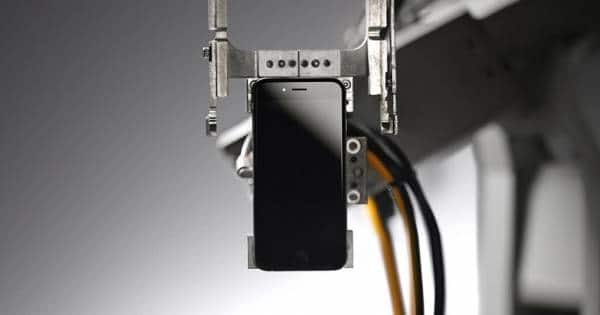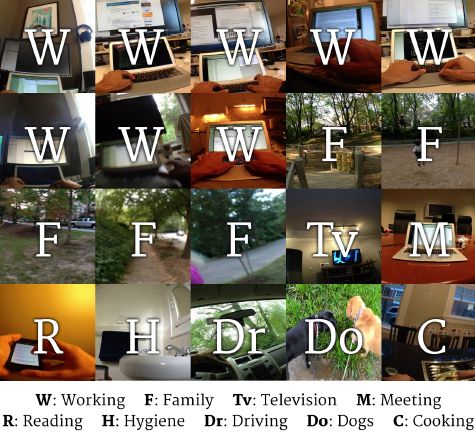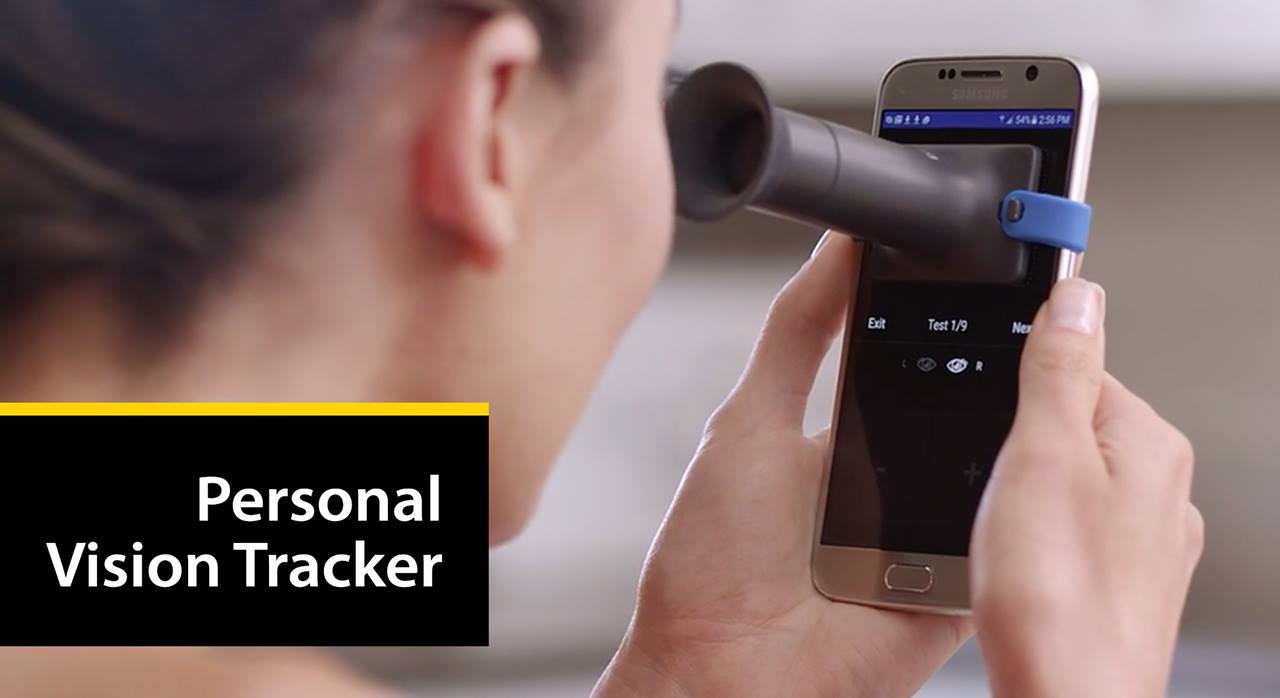Archive for the ‘mobile phones’ category: Page 199
Jan 9, 2017
Nano Ganesh: How mobile phone tech helped 400,000 Maharashtra farmers water plants remotely
Posted by Karen Hurst in categories: food, mobile phones, sustainability
If SANTOSH Ostwal and his wife, Rajashree Otswal, were to calculate the number of electricity units saved or the amount of water conserved in terms of money, thanks to their invention, it would be enough to set up a small power plant or building a small dam. The end to a farmer’s daily drudgery and sleepless nights, though, is hard to convert into currency. But then money is something the Ostwal couple have not seen much of in their long journey of taking technology to the farms.
Much before information and communication technology (ICT) for agriculture and rural development became buzzwords and ‘e’ got hyphenated to everything, the Ostwals, both engineers, ventured into wireless irrigation and mobile-to-mobile (M2M) communication systems for agriculture. A remotely controlled pump using the mobile phone and combing it with some clever electronics was the innovation that has made the lives of farmers easier.
The Ostwals’ invention has impacted the lives of four lakh farmers with 50,000 installations in the last 12 years. A smart and affordable device, Nano Ganesh, saves farmers from making treacherous trips in pitch dark to their farms at midnight to access their water pumps and operate them, a daily reality, especially with erratic power supply. When the tired farmer fails to go out and switch off the water pump, there’s wastage of water and electricity. In addition, the excess water damages the soil and crop, hurting them further. If that is not enough, there is the theft of water pumps and cables to be dealt with. These are the problems that the couple set to solve.
Jan 8, 2017
Empathy kit to help users better understand autism
Posted by Karen Hurst in categories: augmented reality, mobile phones, neuroscience
This kit by Royal College of Art graduate Heeju Kim uses sweets to recreate the tongue-tying experience of living with autism. Kim created three tools and a mobile application as part of the project, which is titled An Empathy Bridge for Autism.
A set of six awkwardly shaped lollipops and candies impede tongue movement in various ways. They make it hard for users to hold a conversation, conveying how unclear pronunciation has an impact on autistic individuals.
An augmented-reality headset is worn over the eyes and connects to a smartphone to alter the user’s perception of what’s in front of them. It restricts the view of their periphery, gives them double vision or obscures their focus with a patch of black.
Continue reading “Empathy kit to help users better understand autism” »
Jan 7, 2017
Moore’s Law Will Soon End, but Progress Doesn’t Have to
Posted by Karen Hurst in categories: mobile phones, supercomputing
In 1965, Intel co-founder Gordon Moore published a remarkably prescient paper which observed that the number of transistors on an integrated circuit was doubling every two years and predicted that this pace would lead to computers becoming embedded in homes, cars and communication systems.
That simple idea, known today as Moore’s Law, has helped power the digital revolution. As computing performance has become exponentially cheaper and more robust, we have been able to do a lot more with it. Even a basic smartphone today is more powerful than the supercomputers of past generations.
Yet the law has been fraying for years and experts predict that it will soon reach its limits. However, I spoke to Bernie Meyerson, IBM’s Chief Innovation Officer, and he feels strongly that the end of Moore’s Law doesn’t mean the end of progress. Not by a long shot. What we’ll see though is a shift in emphasis from the microchip to the system as a whole.
Continue reading “Moore’s Law Will Soon End, but Progress Doesn’t Have to” »
Jan 4, 2017
Apple Manufacturer Foxconn to Fully Replace Humans With Robots
Posted by Shane Hinshaw in categories: mobile phones, robotics/AI
In Brief
- The Taiwanese company that manufactures Apple’s iPhone has announced a three-part plan to fully automate its factories, with hopes to achieve 30% automation by 2020.
- The move could put as many as a million people out of work, another example of automation’s major implications for the global workforce.
Foxconn Electronics, the Taiwanese manufacturing company behind some of the biggest electronic brands’ devices, including Apple’s iPhone, has announced that it will ramp up automation processes at its Chinese factories. The goal is to eventually achieve full automation.
In an article published in Digitimes, General Manager Dai Jia-peng of Foxconn’s Automation Technology Development Committee explains that the process will unfold in three phases.
Continue reading “Apple Manufacturer Foxconn to Fully Replace Humans With Robots” »
Dec 29, 2016
Apple’s first AI paper focuses on creating ‘superrealistic’ image recognition
Posted by Sean Brazell in categories: mobile phones, robotics/AI, wearables
Apple’s first paper on artificial intelligence, published Dec. 22 on arXiv (open access), describes a method for improving the ability of a deep neural network to recognize images.
To train neural networks to recognize images, AI researchers have typically labeled (identified or described) each image in a dataset. For example, last year, Georgia Institute of Technology researchers developed a deep-learning method to recognize images taken at regular intervals on a person’s wearable smartphone camera.
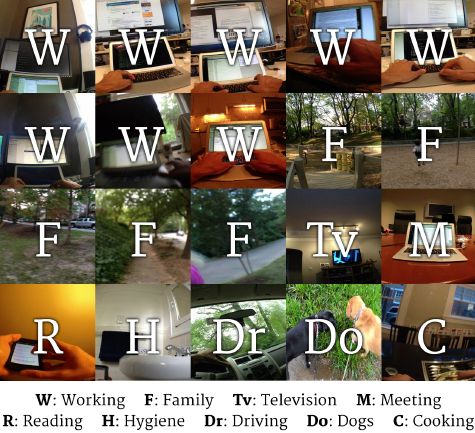
Continue reading “Apple’s first AI paper focuses on creating ‘superrealistic’ image recognition” »
Dec 29, 2016
Personal Eye Doctor
Posted by Klaus Baldauf in categories: biotech/medical, mobile phones
Dec 28, 2016
How machine learning Is revolutionizing the diagnosis of rare diseases
Posted by Shane Hinshaw in categories: biotech/medical, genetics, mobile phones, robotics/AI
Well before the family came in to the Batson Children’s Specialty Clinic in Jackson, Mississippi, they knew something was wrong. Their child was born with multiple birth defects, and didn’t look like any of its kin. A couple of tests for genetic syndromes came back negative, but Omar Abdul-Rahman, Chief of Medical Genetics at the University of Mississippi, had a strong hunch that the child had Mowat-Wilson syndrome, a rare disease associated with challenging life-long symptoms like speech impediments and seizures.
So he pulled out one of his most prized physicians’ tools: his cell phone.
Using an app called Face2Gene, Abdul-Rahman snapped a quick photo of the child’s face. Within a matter of seconds, the app generated a list of potential diagnoses — and corroborated his hunch. “Sure enough, Mowat-Wilson syndrome came up on the list,” Abdul-Rahman recalls.
Continue reading “How machine learning Is revolutionizing the diagnosis of rare diseases” »
Dec 25, 2016
Scientists develop a cancer-detecting smartphone add-on that’s up to 99% accurate
Posted by Shane Hinshaw in categories: biotech/medical, mobile phones
A new smartphone add-on has been demonstrated to detect cancer with 99% accuracy in the lab. The breakthrough could have significant implications for diagnostic capabilities in remote areas or when limited medical services are available.
Dec 25, 2016
Now You Can Make Movies of Living Cells With Your Smartphone!
Posted by Karen Hurst in categories: 3D printing, biotech/medical, mobile phones
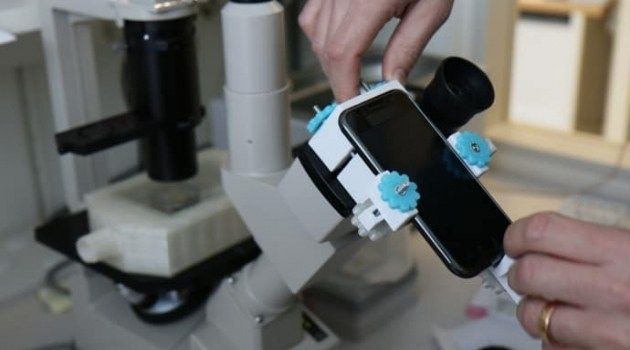
Very cool; I do look forward to see where we land in the next 5 years on mobile imaging systems.
Years ago I remember developing software for a mobile blood gas analyzer to help researchers and doctors in some of the world’s most remote locations. And, the technology then did improve survival rates for so many. And, I see advances like this one doing so much for many who do not have access or the luxury of centralize labs, or hospitals, etc.
Continue reading “Now You Can Make Movies of Living Cells With Your Smartphone!” »

